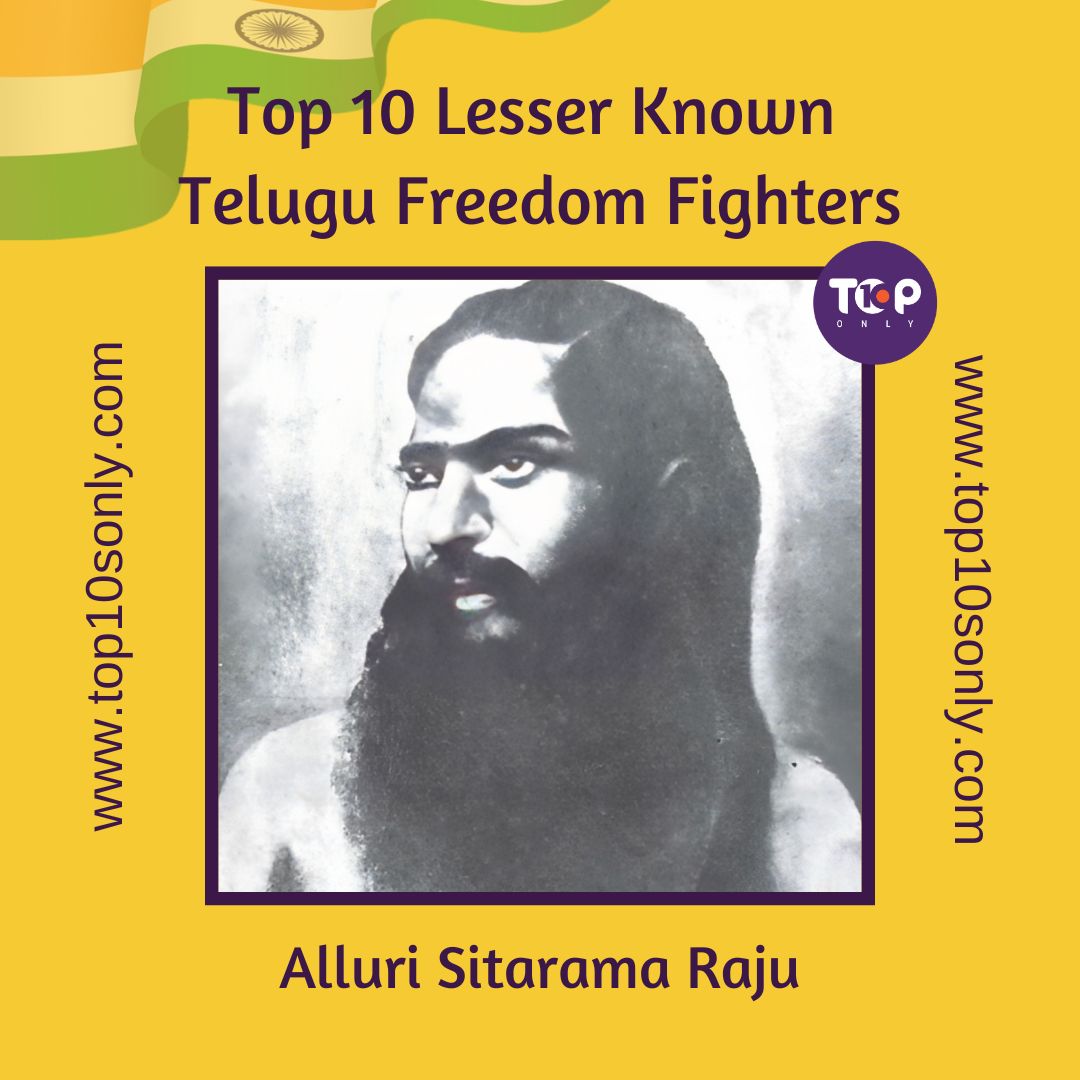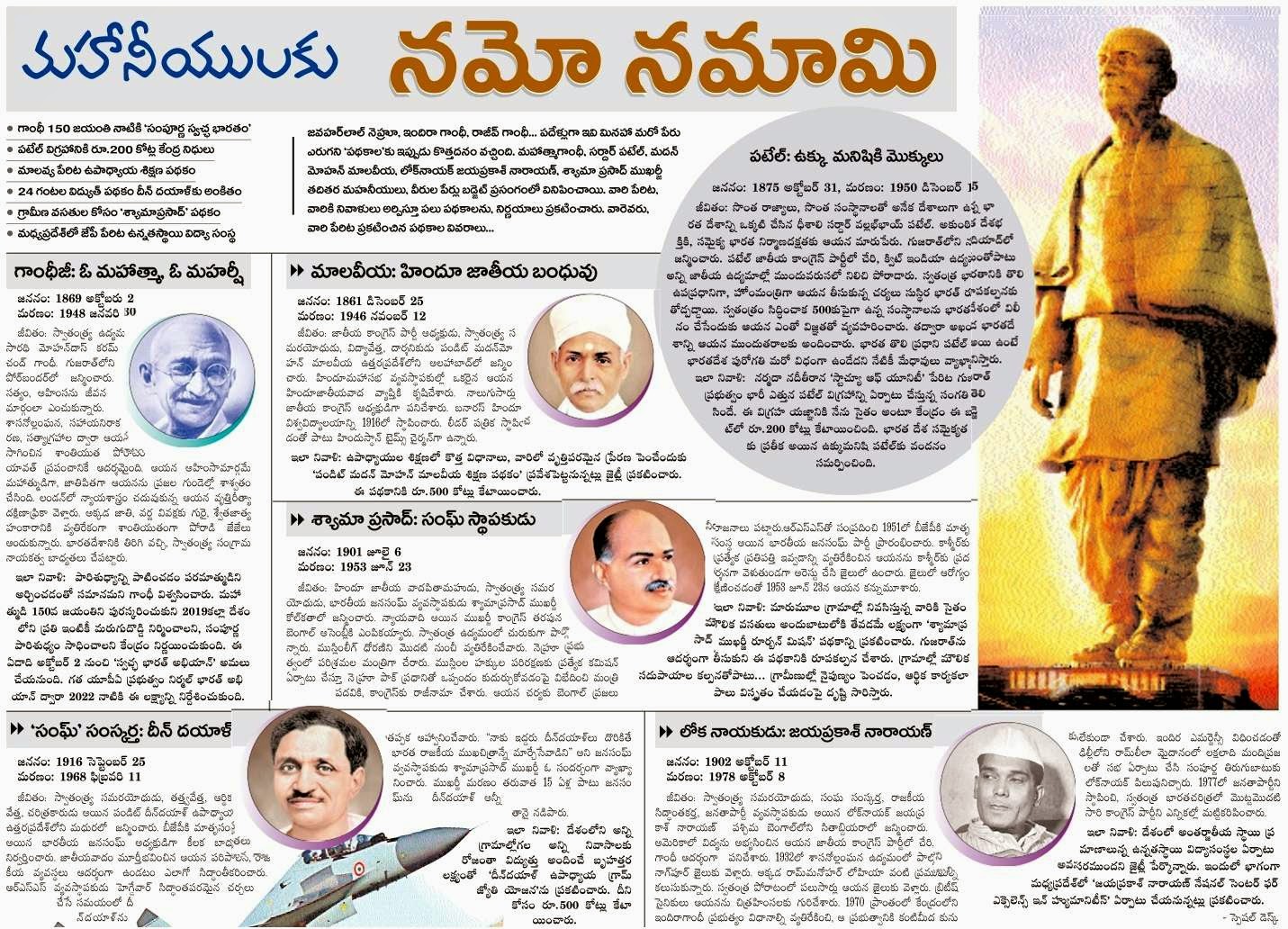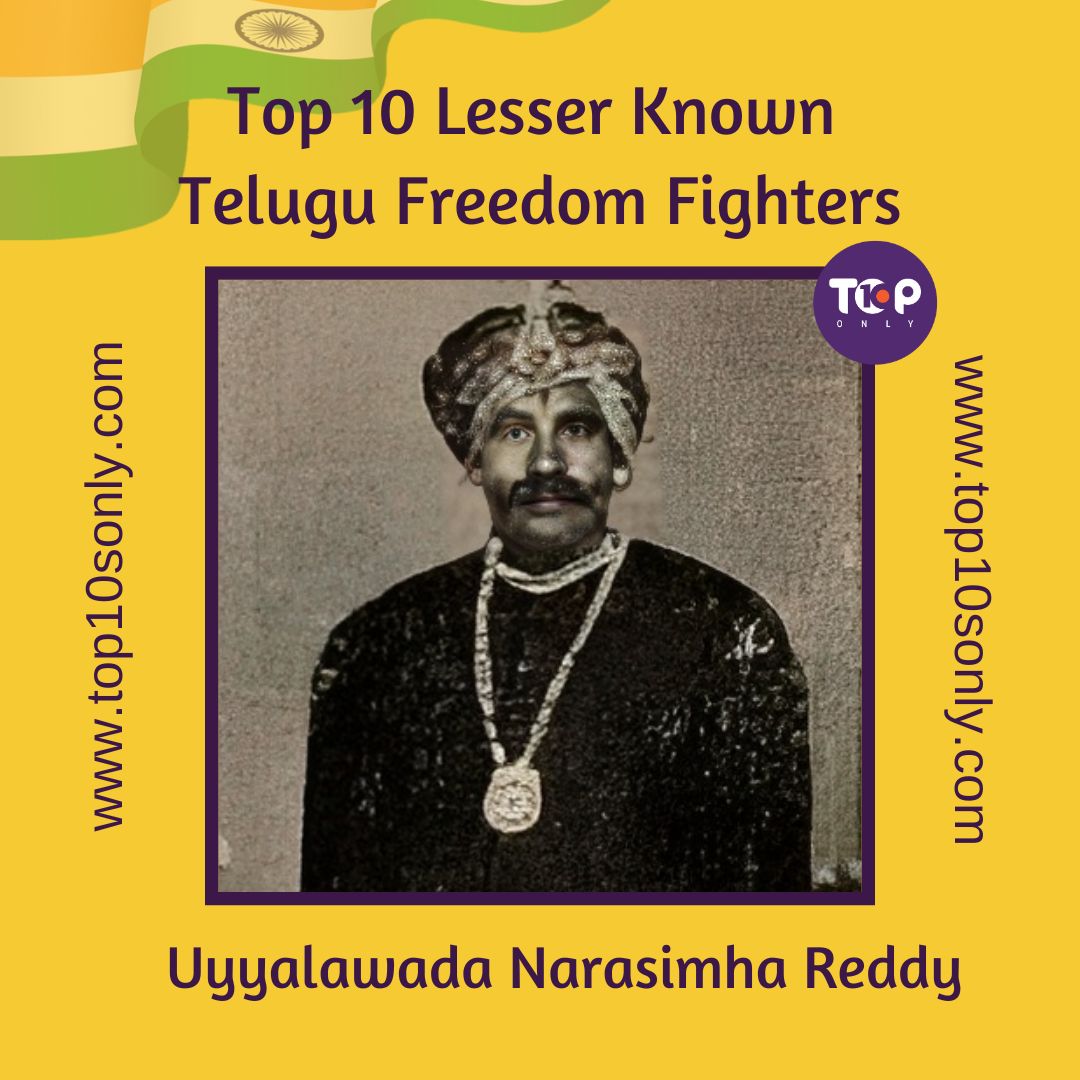Freedom Fighters Photos And Names In Telugu

The display of photos and names of Indian freedom fighters in Telugu-speaking regions has become a topic of increasing public discussion and debate. This resurgence of interest highlights a growing need to recognize and remember the sacrifices of individuals who fought for India's independence, particularly those whose contributions might be overlooked in mainstream narratives.
Understanding the nuances behind these displays requires exploring the historical context, the motivations behind their proliferation, and their impact on public consciousness and regional identity. Examining the representation of Telugu freedom fighters through images and biographical details sheds light on the complex interplay between history, memory, and socio-political dynamics in Andhra Pradesh and Telangana.
The Context of Commemoration
India's independence movement involved countless individuals from diverse backgrounds and regions. In the Telugu-speaking areas, many unsung heroes actively participated in the struggle against British rule.
Their stories, often passed down through oral tradition or documented in local archives, are now gaining renewed attention through public displays of their photos and names. This resurgence serves as a powerful reminder of the widespread participation in the freedom movement beyond the nationally recognized figures.
Motivations Behind the Displays
Several factors contribute to the increasing prevalence of these displays. Political parties and social organizations often use them to invoke patriotic sentiments and reinforce regional identity.
Educational institutions and community groups organize exhibitions and events featuring the photos of freedom fighters as a means of educating younger generations about their heritage and instilling a sense of national pride.
Furthermore, there's a growing awareness of the need to decolonize history and ensure that marginalized voices are heard and recognized.
Prominent Telugu Freedom Fighters
Alluri Sitarama Raju, a tribal leader who led the Rampa Rebellion against the British in the early 20th century, is a central figure in these commemorations. His image and story are frequently displayed, symbolizing resistance against colonial oppression.
Other notable figures include Tanguturi Prakasam Pantulu, known as the "Andhra Kesari" (Lion of Andhra), a prominent political leader and freedom fighter. Also, Durgabai Deshmukh, a social reformer and freedom activist who dedicated her life to women's empowerment and social justice.
These individuals, and many others, are now being recognized more widely through public displays, ensuring their legacies are not forgotten.
Impact on Public Consciousness
The display of photos and names has a profound impact on public consciousness. It serves as a constant reminder of the sacrifices made by past generations and fosters a sense of connection to the freedom movement.
Seeing the faces and reading the names of these individuals humanizes history and makes it more relatable to ordinary citizens. It promotes a sense of collective identity and reinforces the values of patriotism, sacrifice, and resistance against injustice.
Furthermore, it encourages people to learn more about their local history and the contributions of individuals from their own communities.
Challenges and Considerations
While the commemoration of freedom fighters is generally viewed positively, there are also challenges and considerations to address. Ensuring accurate representation and avoiding historical distortions is crucial.
It's important to present a balanced narrative that acknowledges the diverse perspectives and experiences of all those involved in the freedom movement. Moreover, care must be taken to avoid exploiting the legacy of freedom fighters for political gain.
The focus should remain on honoring their sacrifices and promoting the values they stood for, rather than using their images to further partisan agendas.
The Role of Technology
Technology plays an increasingly important role in preserving and disseminating information about freedom fighters. Websites and social media platforms are used to share photos, biographies, and historical accounts.
Digital archives and online databases provide access to valuable resources for researchers and the general public. Virtual museums and online exhibitions offer interactive ways to learn about the history of the freedom movement.
This digital infrastructure is essential for ensuring that the legacies of Indian freedom fighters are preserved for future generations.
Looking Ahead
The ongoing commemoration of freedom fighters in Telugu-speaking regions reflects a deep-seated desire to honor the past and preserve cultural identity. As these displays continue to evolve, it is important to maintain a commitment to accuracy, inclusivity, and historical integrity.
By engaging in thoughtful dialogue and promoting critical thinking, we can ensure that these commemorations serve as a source of inspiration and a catalyst for positive social change. Moving forward, efforts should be made to further document and preserve the oral histories and local narratives that provide valuable insights into the lives and struggles of these unsung heroes.
Ultimately, the goal should be to create a more comprehensive and nuanced understanding of India's independence movement and its enduring legacy.


















